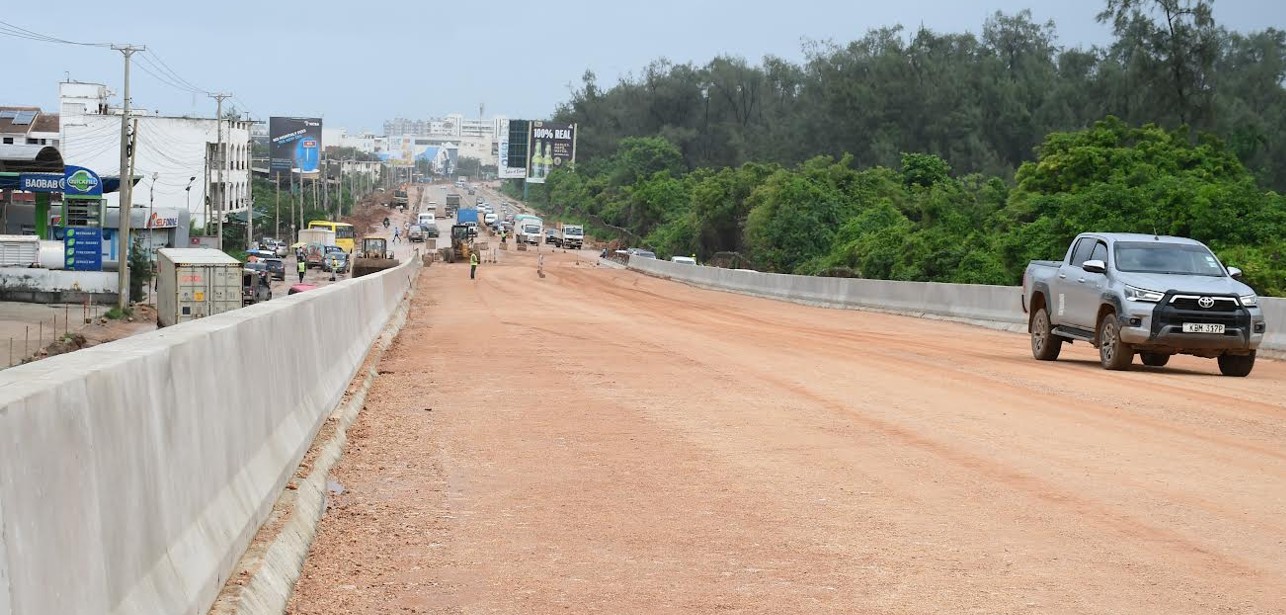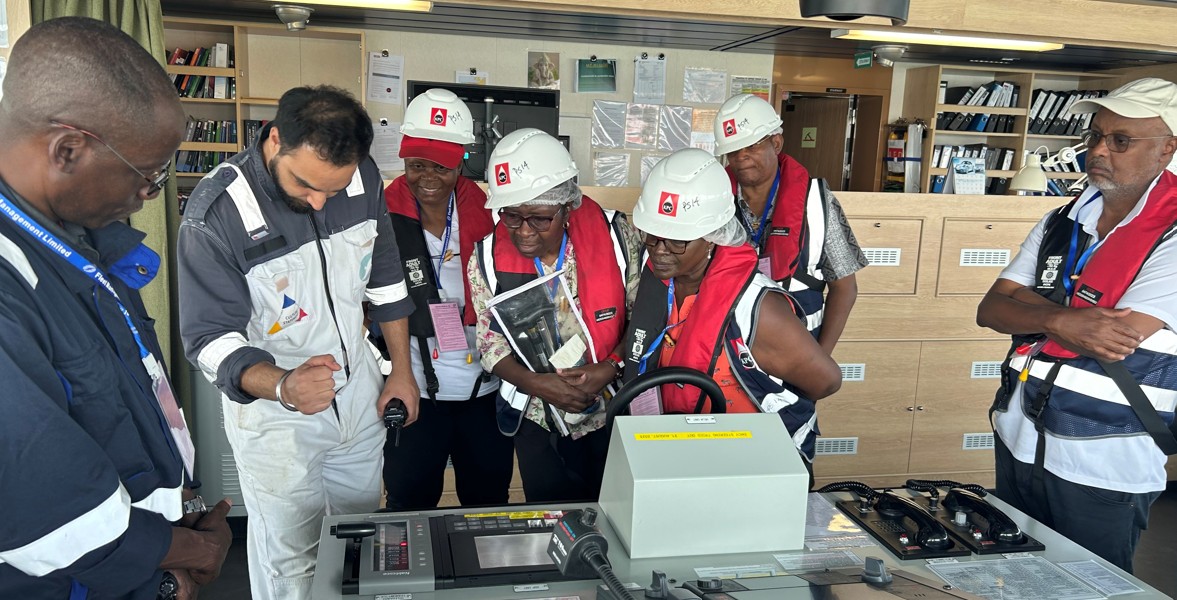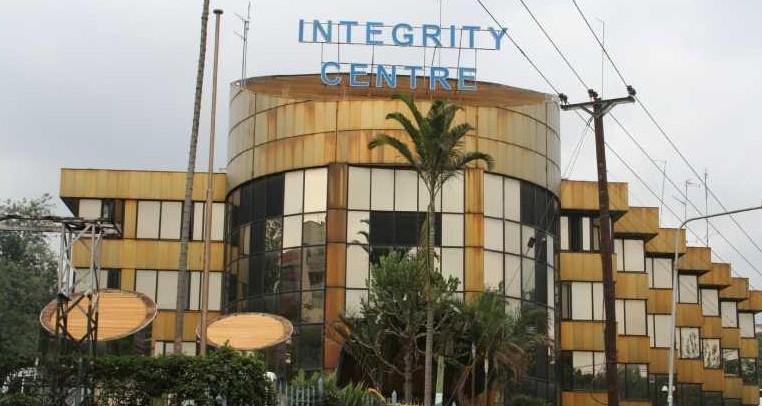Global food prices ease as East Africa slips deeper into hunger – report

AGRA cautions that continued below-average rains could push some areas into crisis, especially as poor harvests and constrained labour income further limit food access.
As the benchmark global food prices show continued signs of moderation, Kenya and its East African neighbours are confronting a worsening food security crisis that threatens to extend well into 2026.
The latest Food Security Monitor by Alliance for a Green Revolution in Africa (AGRA) reveals that while international markets stabilise, millions across the region are slipping deeper into hunger.
More To Read
- 2 per cent of Kenyans own over half of the country’s arable land - KHRC report
- EAC and AGRA rally young entrepreneurs to transform regional food systems
- Factory farming in Africa: Development banks see it as a good idea, but it’s bad for the climate
- AU calls for rapid tech adoption in farming to shield continent from food crises
- Ruto unveils Sh400 billion mega dam plan to turn North and Coast regions into Kenya's new food basket
- Somalia declares drought emergency as millions face hunger after failed rains
It notes that the global FAO Food Price Index (FFPI) averaged 128.8 points in September, down from 129.7 points in August, reflecting a general easing across key commodities.
The Alliance attributes the drop to declines in the cereals, dairy, sugar and vegetable oil sub-indices, which outweighed a modest rise in the meat index.
Although the index was 3.4 per cent higher than in September 2024, it remains 19.6 per cent below its March 2022 peak, suggesting that the shockwaves of the global food crisis are finally receding.
The International Grains Council (IGC) Grain and Oilseeds Index also showed a downward trend in the period under review, falling by 2.5 per cent month-on-month and 8.9 per cent year-on-year.
Major grains such as wheat, maize, and soybeans all recorded price drops, while rice saw the steepest annual decline at 31.4 per cent.
Barley was the sole exception, posting a modest 2.9 per cent monthly rise, indicating that overall, global food markets are returning to stability after years of volatility.
Yet, this global reprieve masks the grim realities facing East Africa.
Across the region, data from the report shows food prices have been anything but predictable, buffeted by erratic rainfall, weak currencies and fragile supply chains.
Maize prices declined sharply in Uganda (−17 per cent) following bumper harvests, but rose elsewhere.
Rice prices climbed across all major markets, led by South Sudan (+14.3 per cent) and Tanzania (+7.3 per cent), while bean prices continued to edge upward in Uganda and Rwanda.
Kenya, in particular, remains an outlier in this global downturn.
AGRA warns that the crisis will persist between this month and January 2026, projecting continued food insecurity despite declining international prices.
The report notes that general commodity prices in Kenya rose 3.36 per cent over the last six months to September, and 20.56 per cent over the past year to September.
The report’s analysis shows that pastoral counties such as Turkana, Marsabit and Mandera are already in Crisis (IPC Phase 3), with the situation expected to expand to Wajir, Garissa, and Tana River in the coming months.
Below-average short rains will limit pasture and water regeneration, leading to deteriorating livestock conditions and reduced household income.
“High food prices coupled with limited income will restrict access to food, forcing households to adopt negative coping strategies,” the report warns.
In the country’s marginal agricultural zones, including Kitui, Makueni, Taita Taveta and Lamu, households are projected to remain Stressed (IPC Phase 2) through January.
AGRA reckons that continued below-average rains could tip some areas into crisis, especially as poor harvests and constrained labour income limit food access.
Top Stories Today











































